Posted on October 03 2016
The Enemy of Average! Wild Surfwear- USA Made
Add some descriptive text to your Blog page.
Posted on September 27 2016
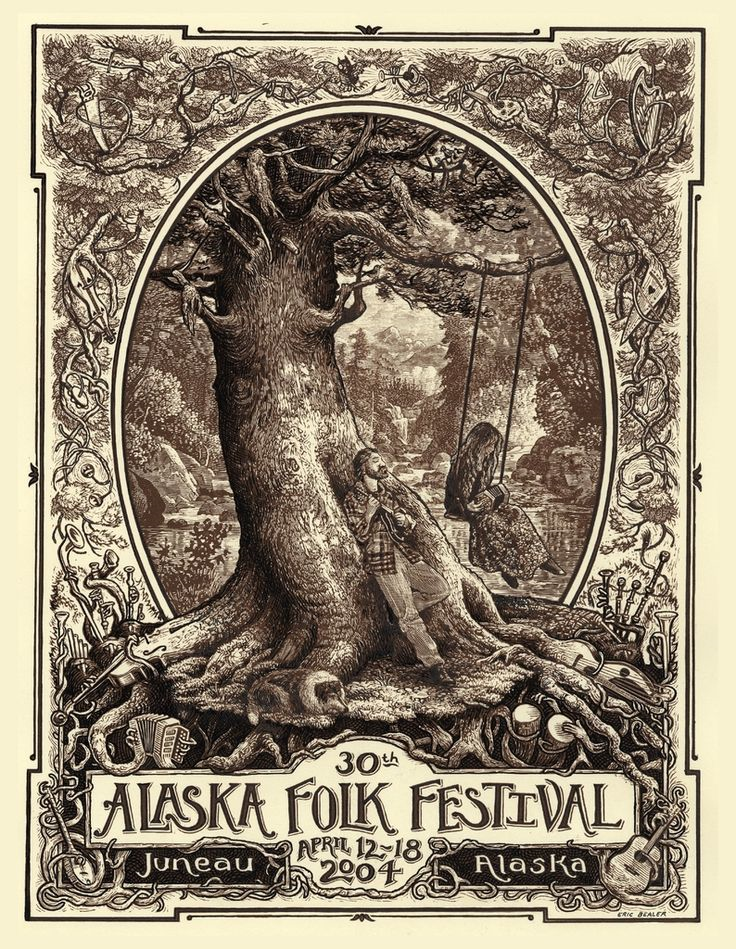
By Christian Franzen
Eric Bealer is a self-taught multi dimensional artist who is alive and practicing his art today. He spent roughly 13 years of his career showing and selling work in the area surrounding his home in central Pennsylvania. After that time, Bealer found himself wanting to live in a more secluded location. So in 1989, he and his wife packed their bags and settled in Haines, Alaska.
Before the big move, most of Bealer's work was executed in watercolor and metallic etchings. Alaska sparked an interest in Bealer to try wood engraving. He fell in love with this new process and began pumping out wood prints. Wood engraving is a very tedious process, but the end results are beyond beautiful.
Today, Eric Bealer lives on Chichagof Island in Alaska and continuous to express himself through his wood engravings

By Christian Franzen
Eric Bealer is a self-taught multi dimensional artist who is alive and practicing his art today. He spent roughly 13 years of his career showing and selling work in the area surrounding his home in central Pennsylvania. After that time, Bealer found himself wanting to live in a more secluded location. So in 1989, he and his wife packed their bags and settled in Haines, Alaska.
Before the big move, most of Bealer's work was executed in watercolor and metallic etchings. Alaska sparked an interest in Bealer to try wood engraving. He fell in love with this new process and began pumping out wood prints. Wood engraving is a very tedious process, but the end results are beyond beautiful.
Today, Eric Bealer lives on Chichagof Island in Alaska and continuous to express himself through his wood engravings
Posted on September 27 2016
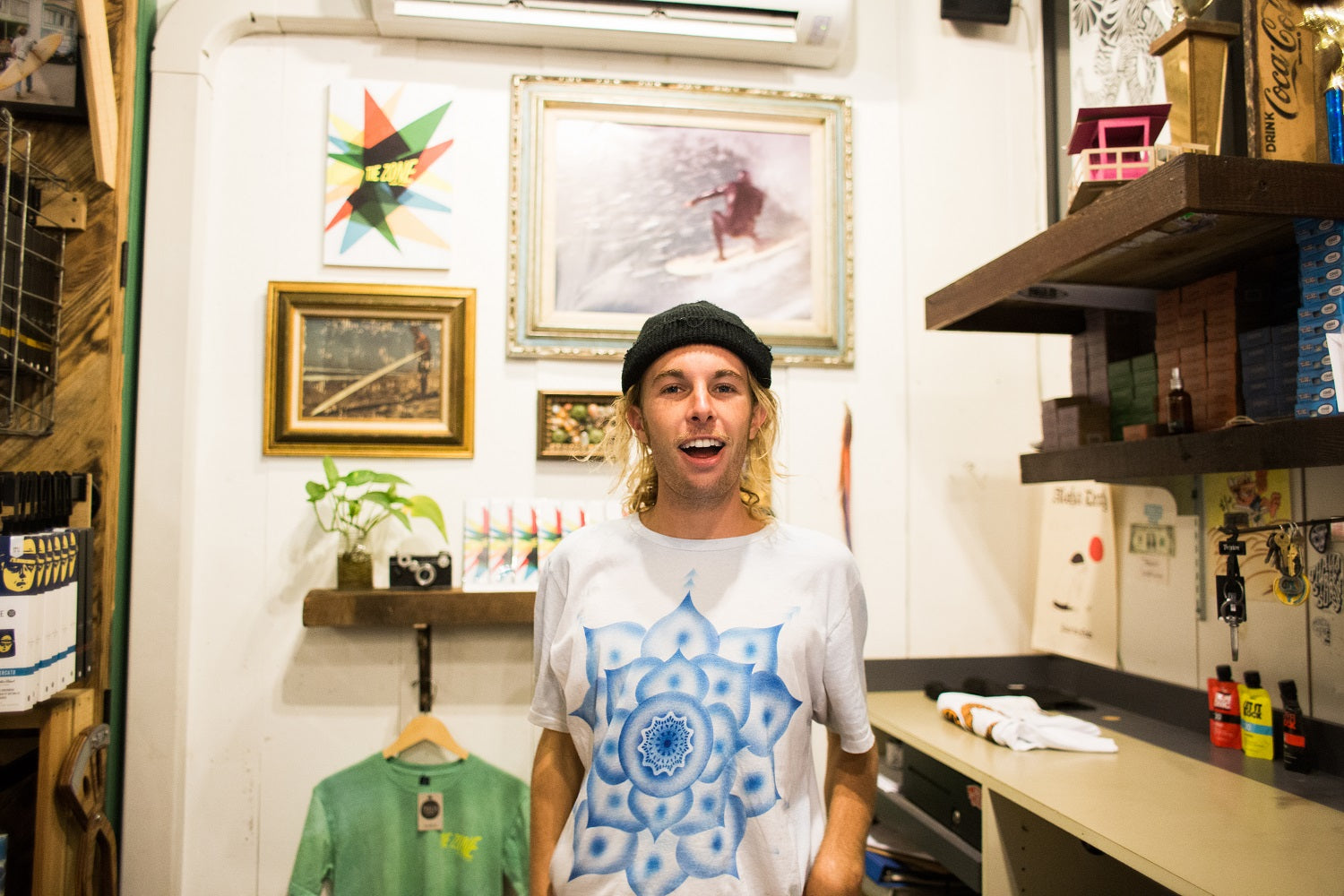
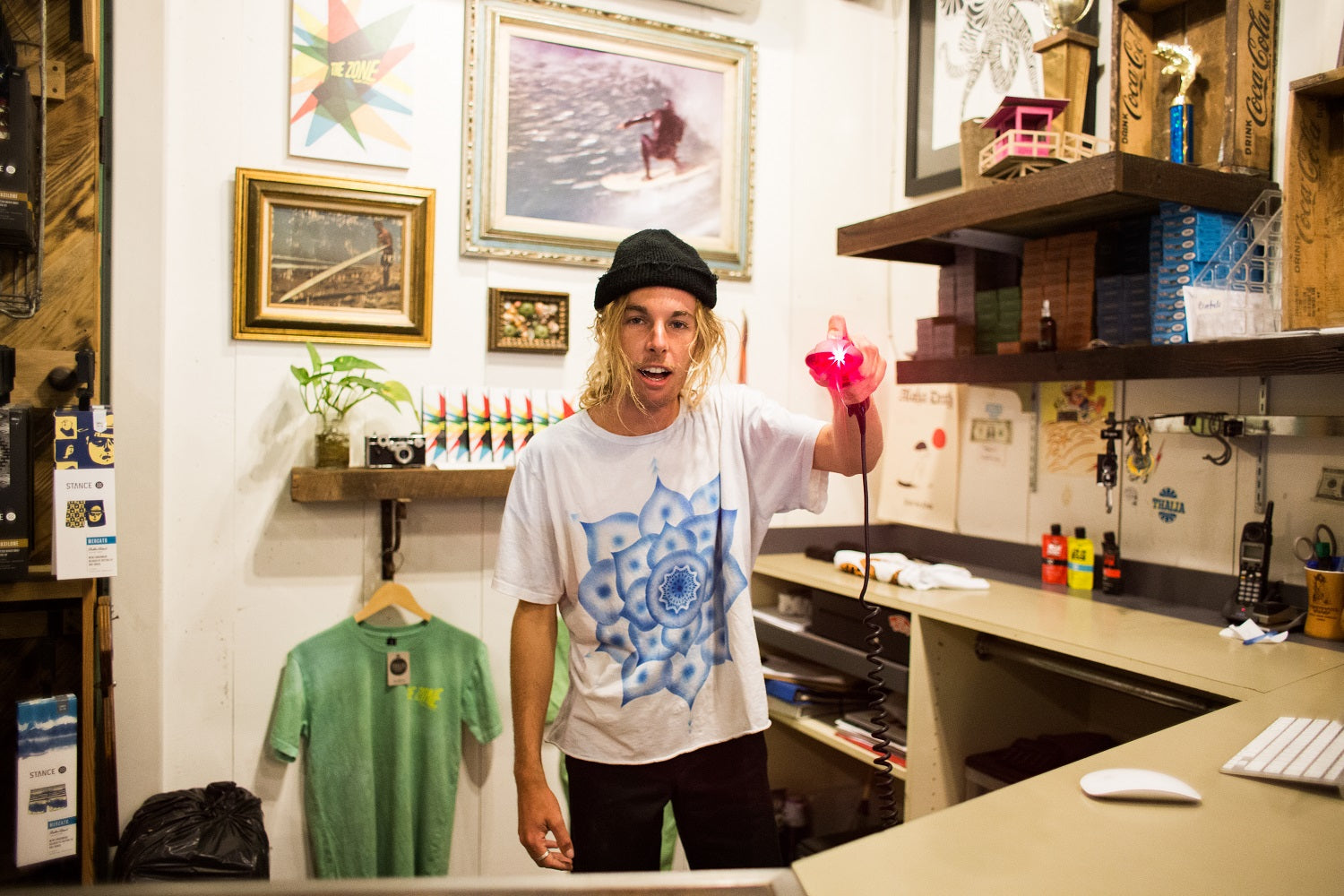
 Photos Thomas Green
Photos Thomas Green


 Photos Thomas Green
Photos Thomas Green
Posted on September 20 2016

By Christian Franzen
Oton Gliha was born in Slovenia on May 21st, 1914. His family moved back to their home country of Croatia in 1915, where they moved from place to place. They finally settled in the town of Zagreb in 1924. There, Gliha completed high school in 1933 and then began instruction at the Academy of Fine Arts.

By Christian Franzen
Oton Gliha was born in Slovenia on May 21st, 1914. His family moved back to their home country of Croatia in 1915, where they moved from place to place. They finally settled in the town of Zagreb in 1924. There, Gliha completed high school in 1933 and then began instruction at the Academy of Fine Arts.
In the Academy, Gliha primarily focused on painting landscapes and portraits. During these years he became very influenced by his love for the French painter Cézanne and frequently used thick layers of paint to depict his forms.
After graduating in 1937, Gliha participated in his first group exhibition in the city of Zagreb. He continually focused on painting landscapes, portraits, and a variety of still lives up until the early 1950's. In 1954, he painted Primorje , which depicted the coastal landscape of the island of Krk in Croatia. Unlike his previous works, Gliha painted Primojre in an abstracted manor due to the increasing popularity of abstraction sweeping through Europe. This painting became the first in a series of abstract works focusing on the landscape of the island of Krk. He had his first solo show in 1954 presenting the series and it was a huge success. Ghila became so obsessed with the subject of the island of Krk that he pursued it for the rest of his life until he died in 1999.
Posted on September 06 2016

By Christian Franzen
Teresa Burga was born in Iquitos, Peru in 1935. She is a contemporary multimedia artist that lead the pack in the emerging areas of media, technology, and installation based art in Peru.

By Christian Franzen
Teresa Burga was born in Iquitos, Peru in 1935. She is a contemporary multimedia artist that lead the pack in the emerging areas of media, technology, and installation based art in Peru.
Burga studied art at the Pontifical Catholic University of Peru, from which she graduated in 1964 and went on to receive her MFA at the Art Institute of Chicago thanks to a Fulbright Grant.
Throughout the 1960's, Burga was associated with the artist collective in Peru known as Arte Nuevo. This group launched the Peruvian art scene into contemporary context by mixing the avant-garde styles of the time with a Peruvian attitude. In the early 1970's, Peru fell under the power of a military government lead by General Juan Velasco Alvarado. Under his regime her experimental art practice was deemed undesirable. This made it nearly impossible for Burga to exhibit work in Peru so she resorted to showing her work throughout the United States and Mexico.
During the second wave of feminism in Latin American countries in the early 1980's, Burga began a multidisciplinary investigation into the status of women across Peru. This is considered the most accomplished work of her career. It was shown throughout almost all of the South American countries and all of her research was repackaged into a self published book.



 Photos Thomas Green
Photos Thomas Green
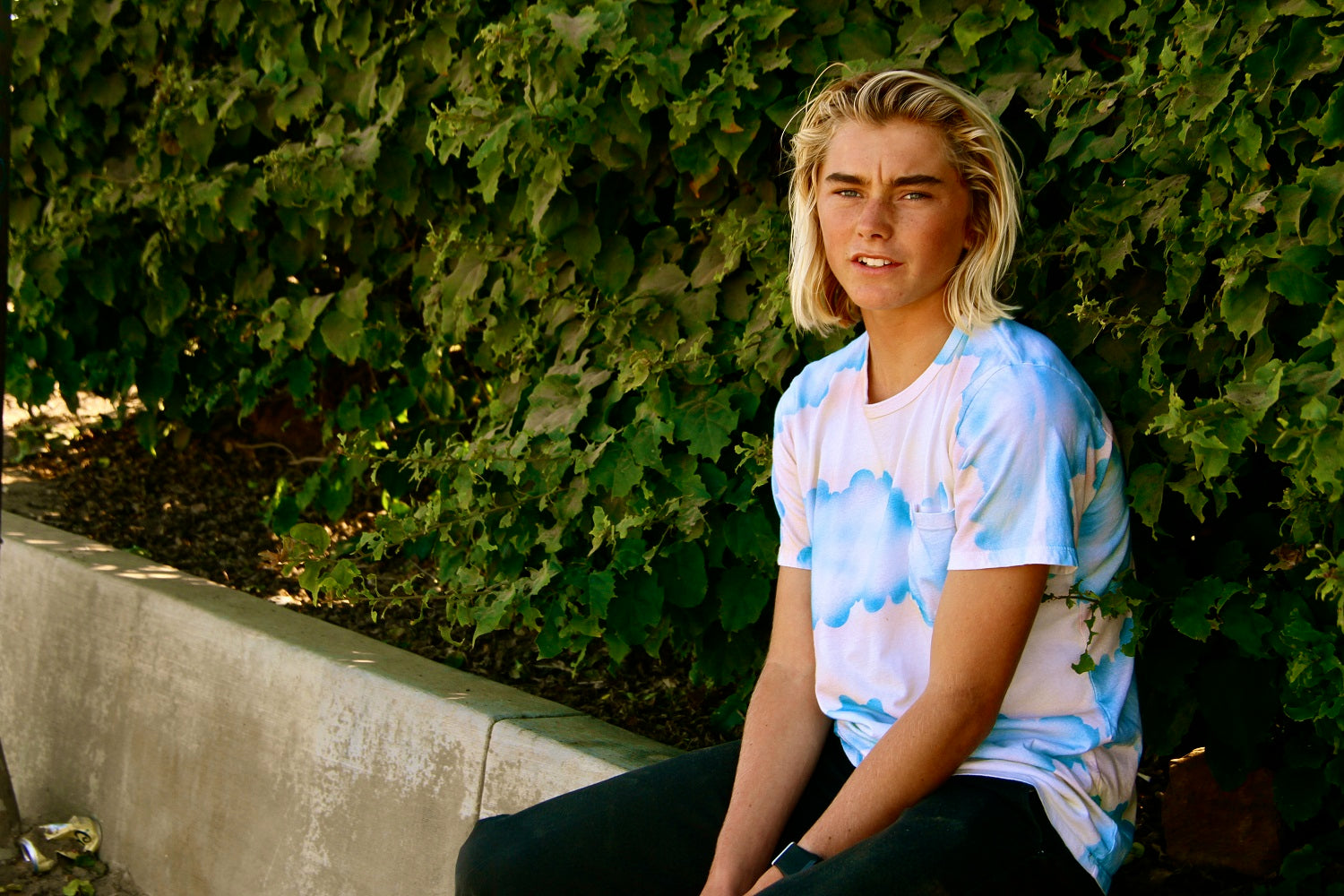

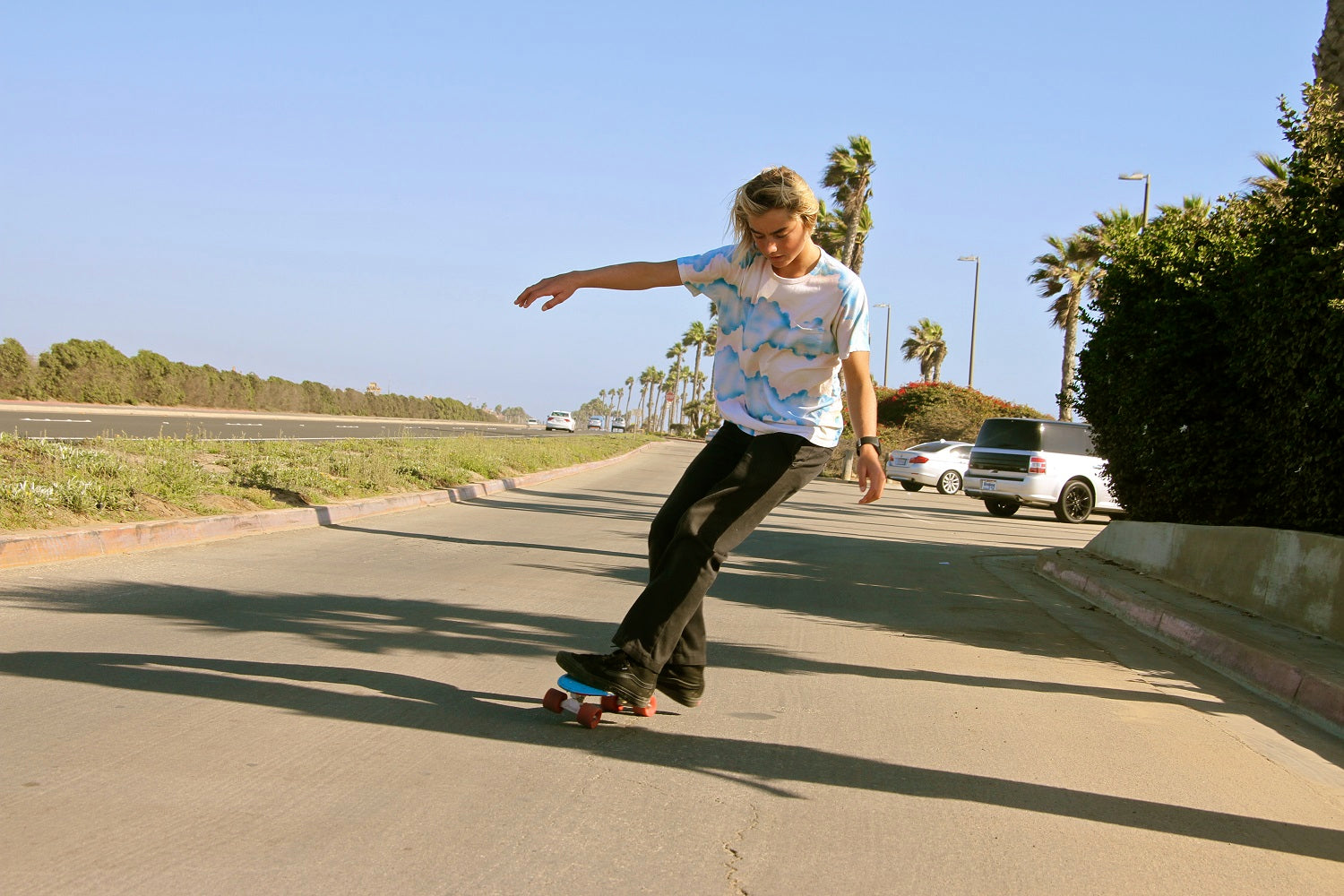

 Photos Jessie Stopnik
Photos Jessie Stopnik







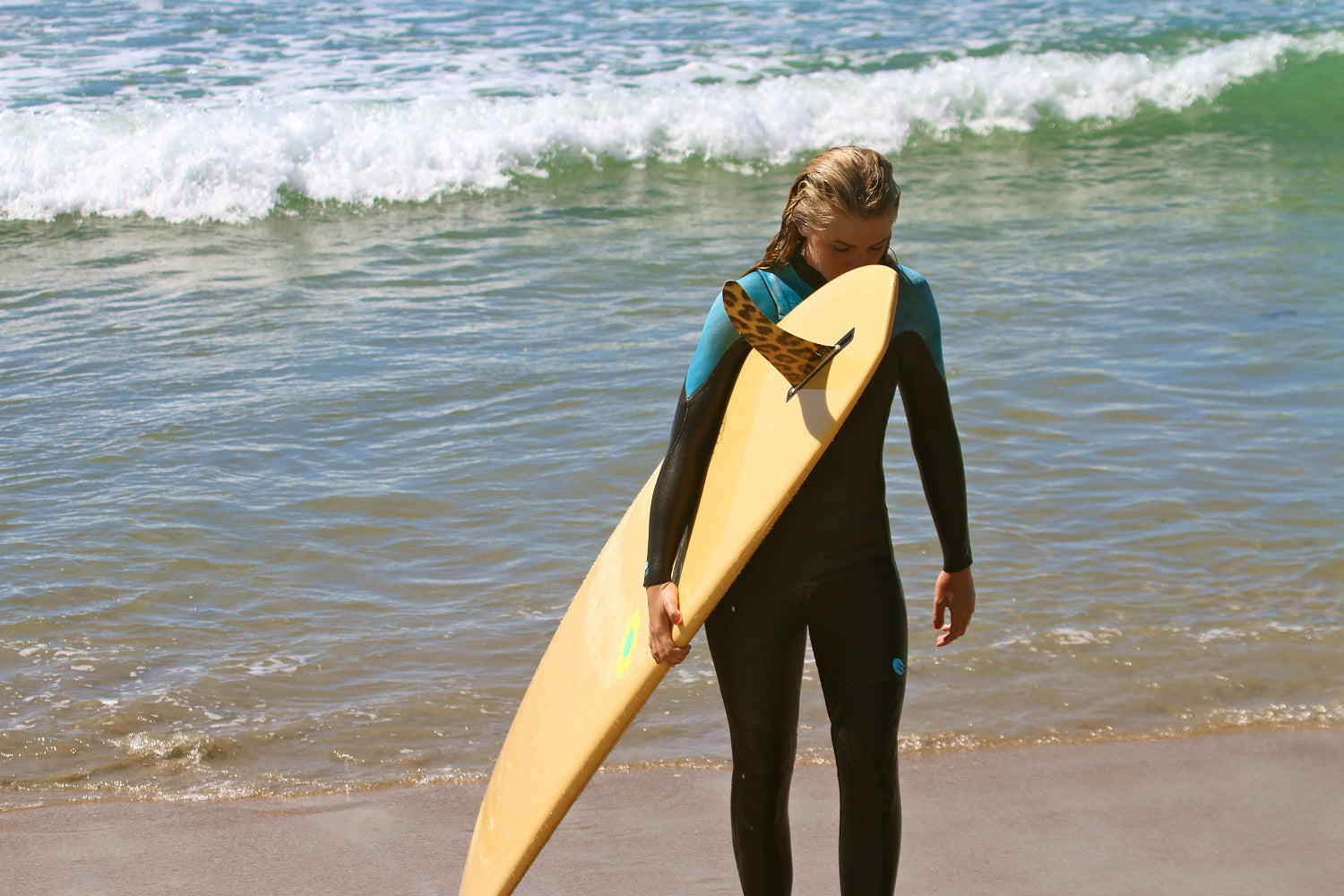 Photos Jessie Stopnik
Photos Jessie Stopnik




 Photos Carson Hart
Photos Carson Hart

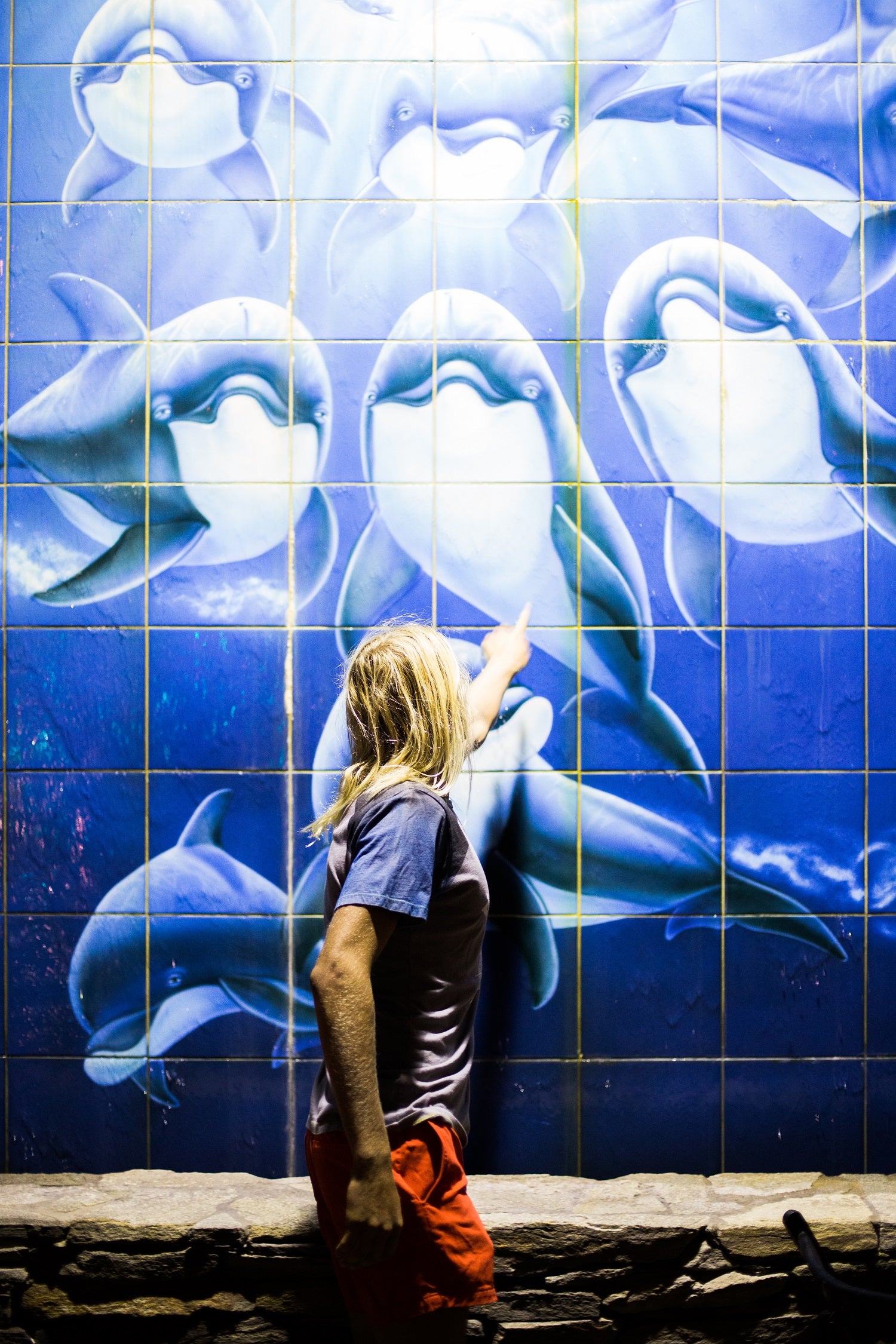
 Photos Thomas Green
Photos Thomas Green



 Photos Carson Hart
Photos Carson Hart



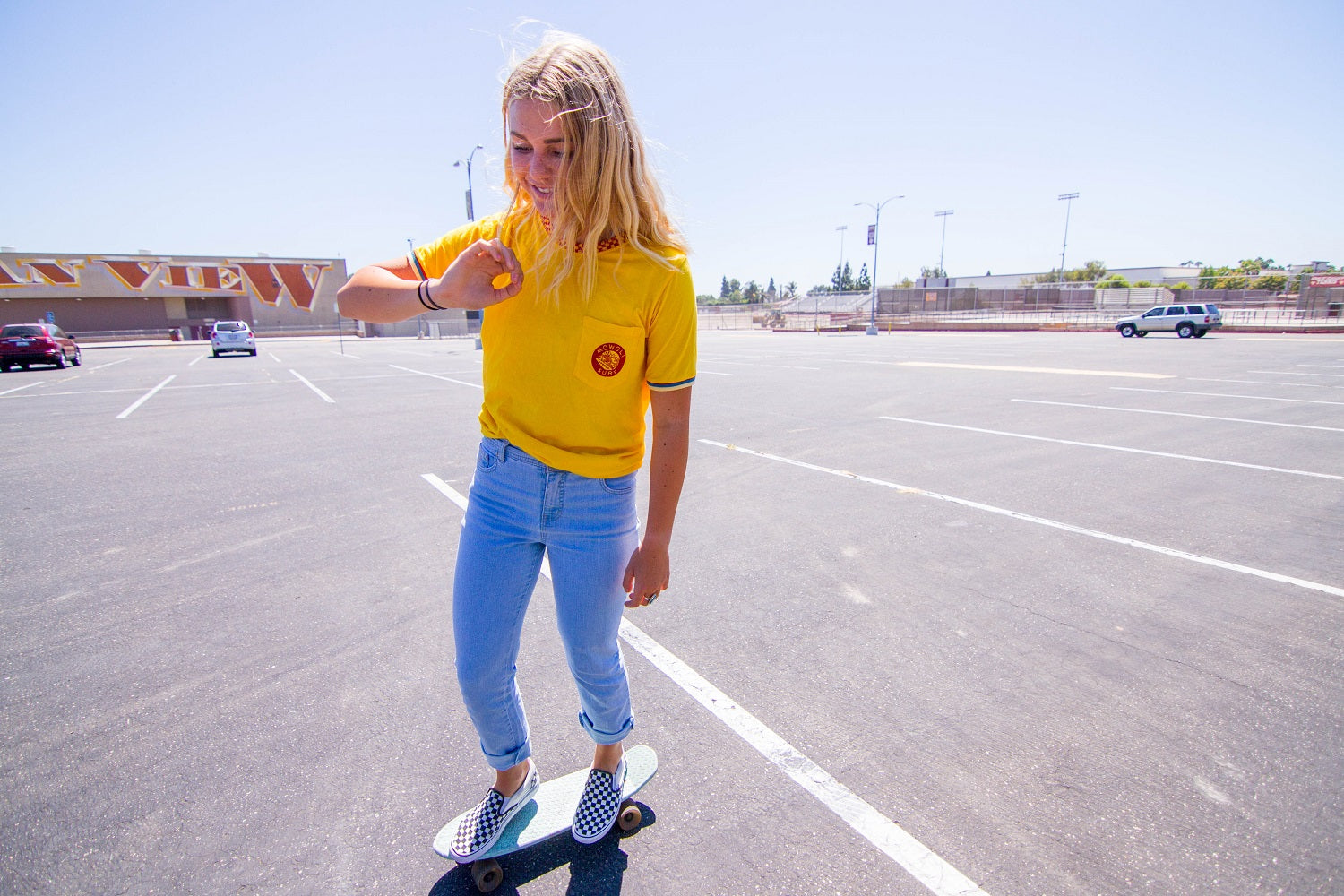










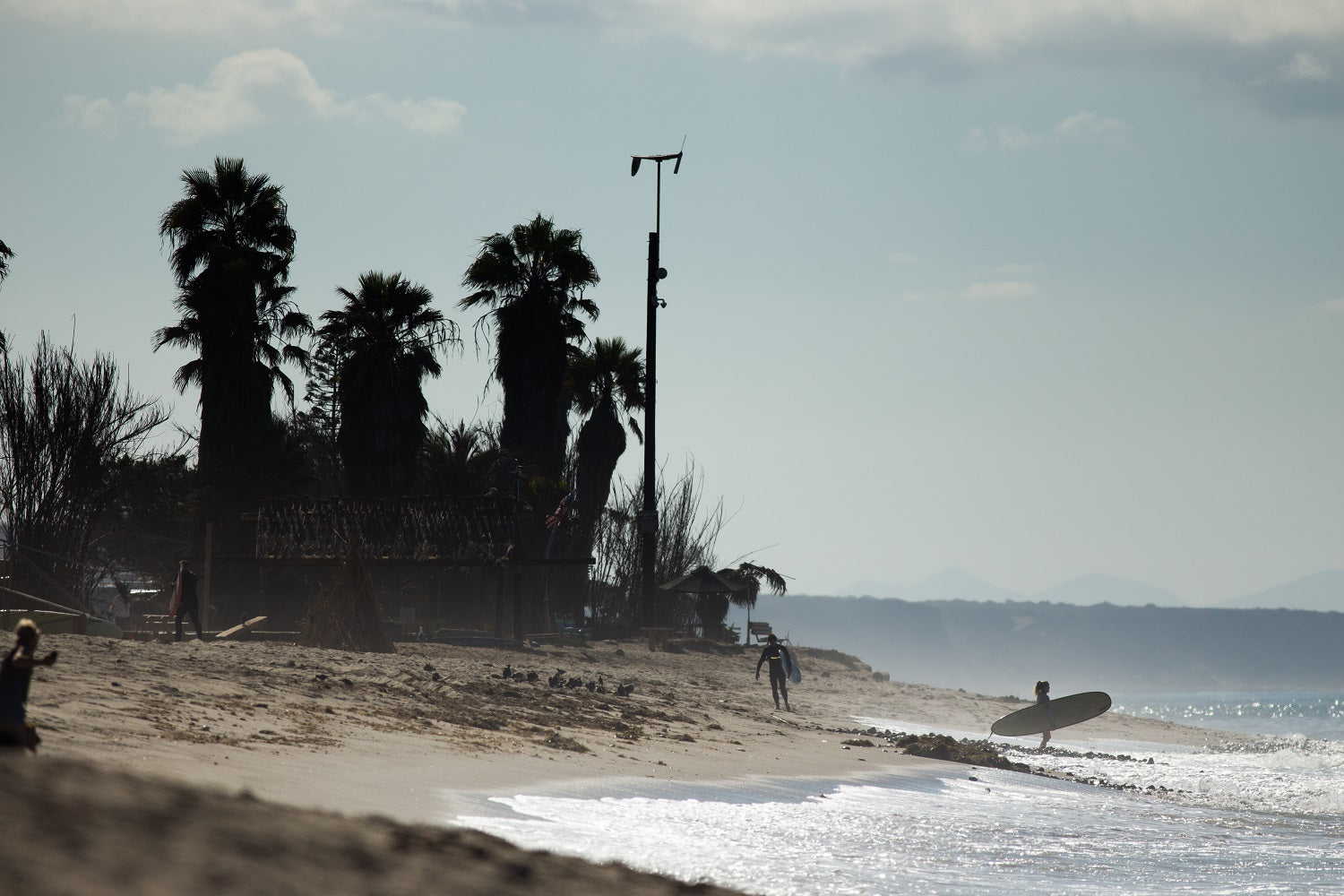
 Photos Thomas Green
Photos Thomas Green





 Photos Anne Marie
Photos Anne Marie

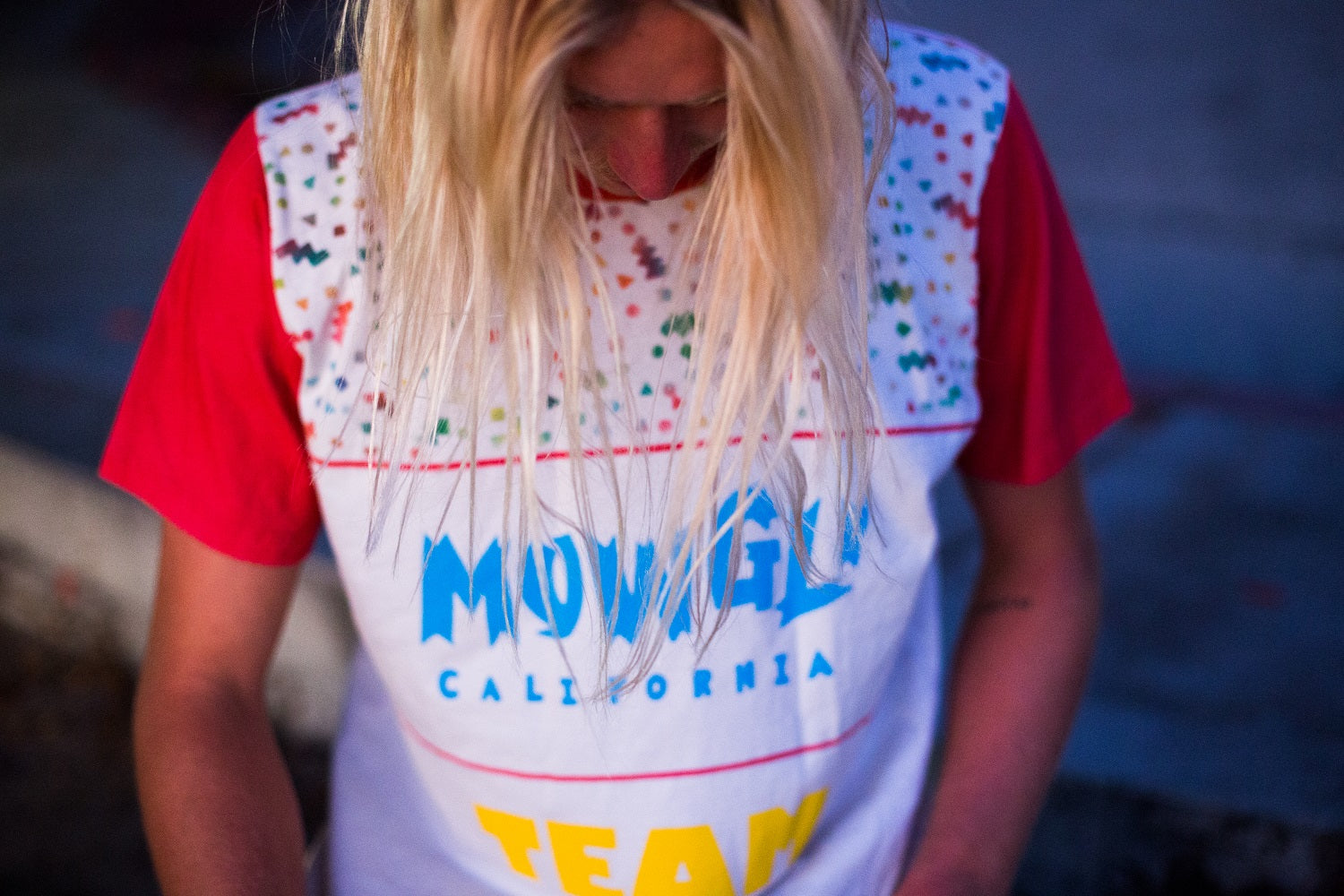

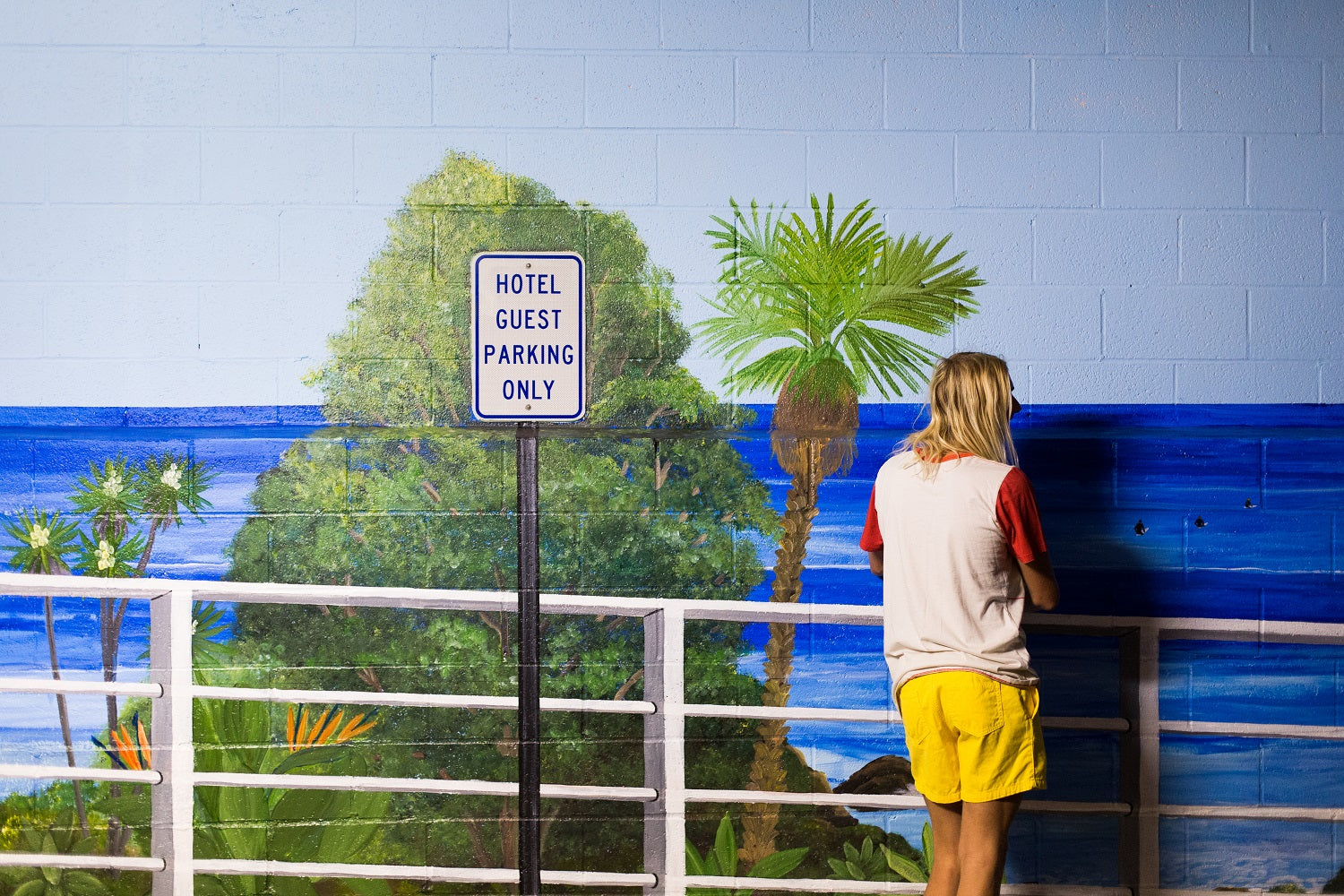
 Photos Thomas Green
Photos Thomas Green